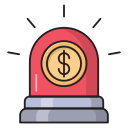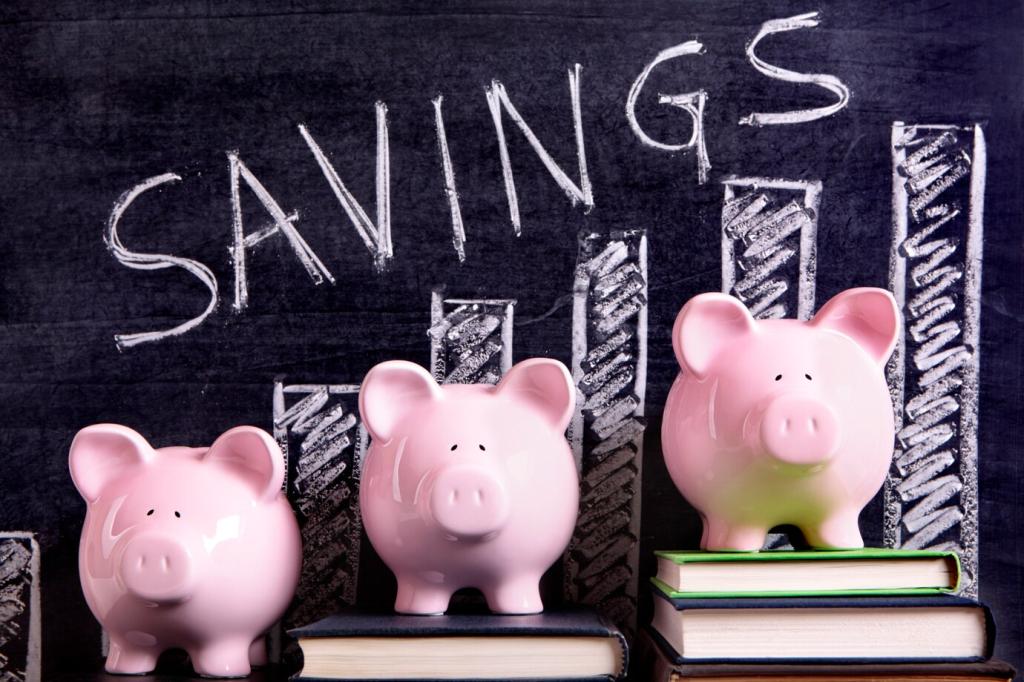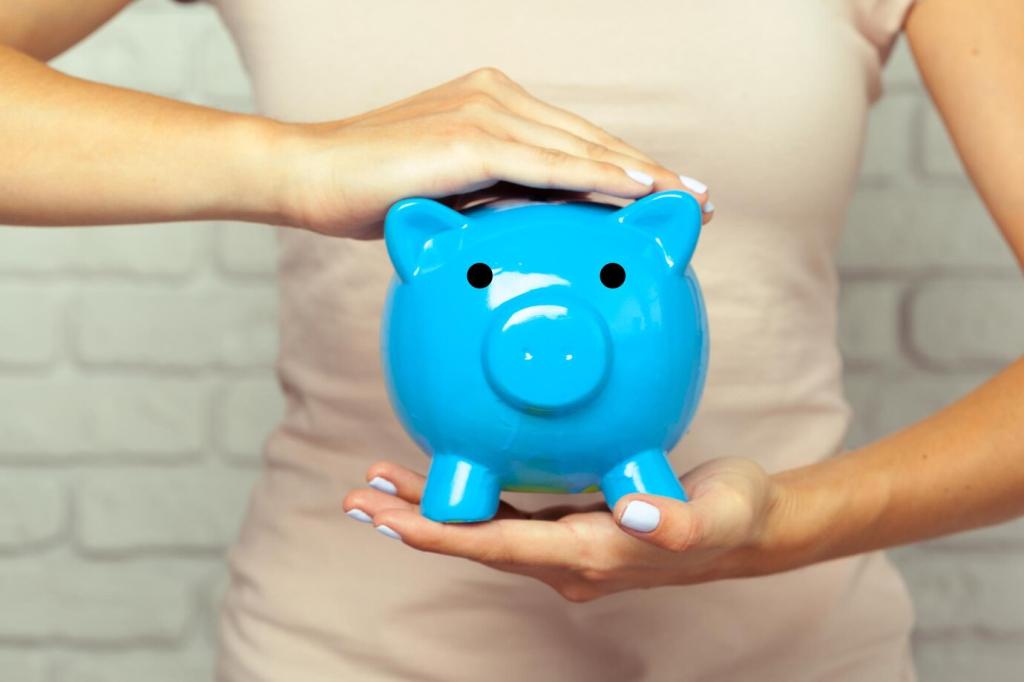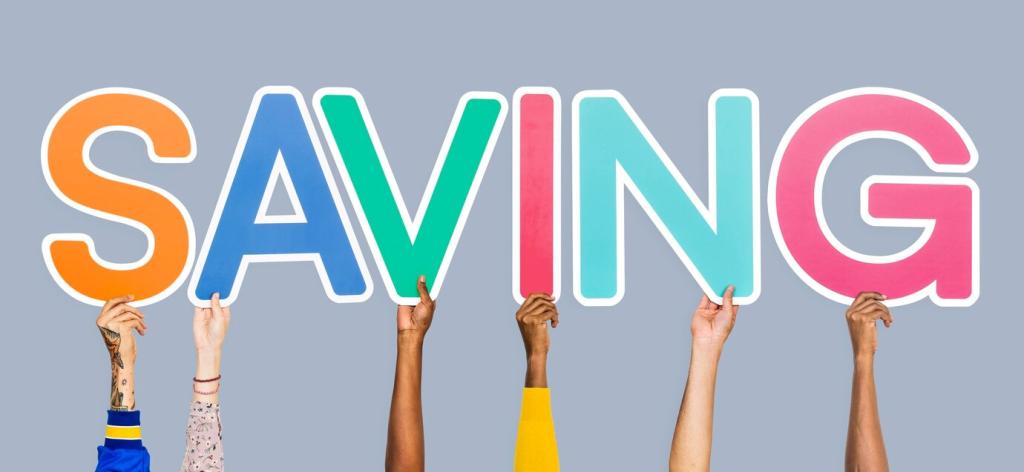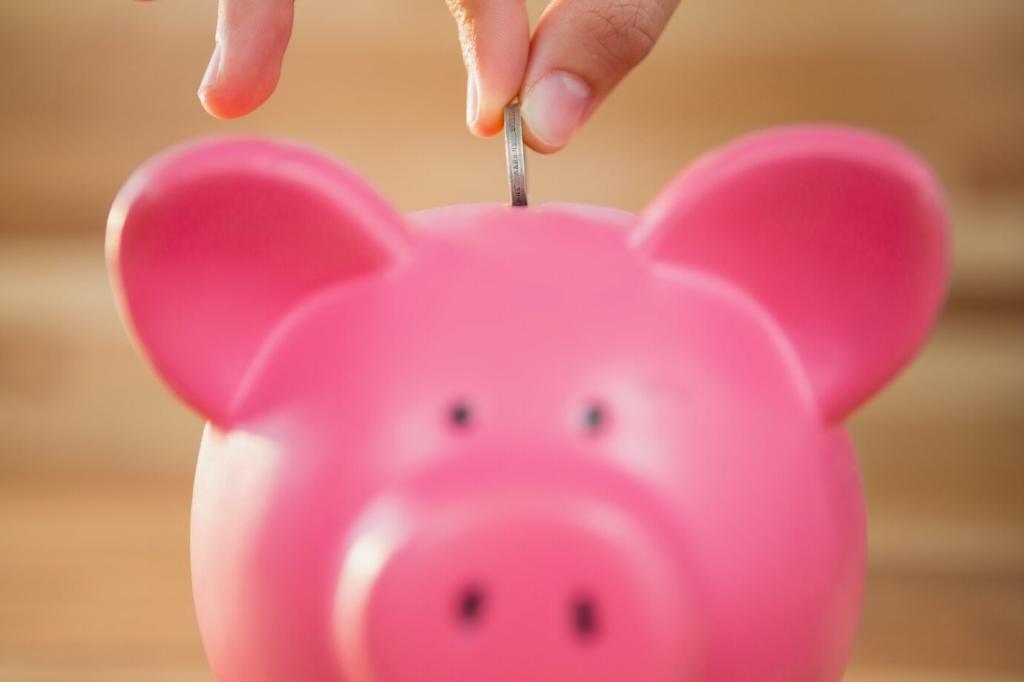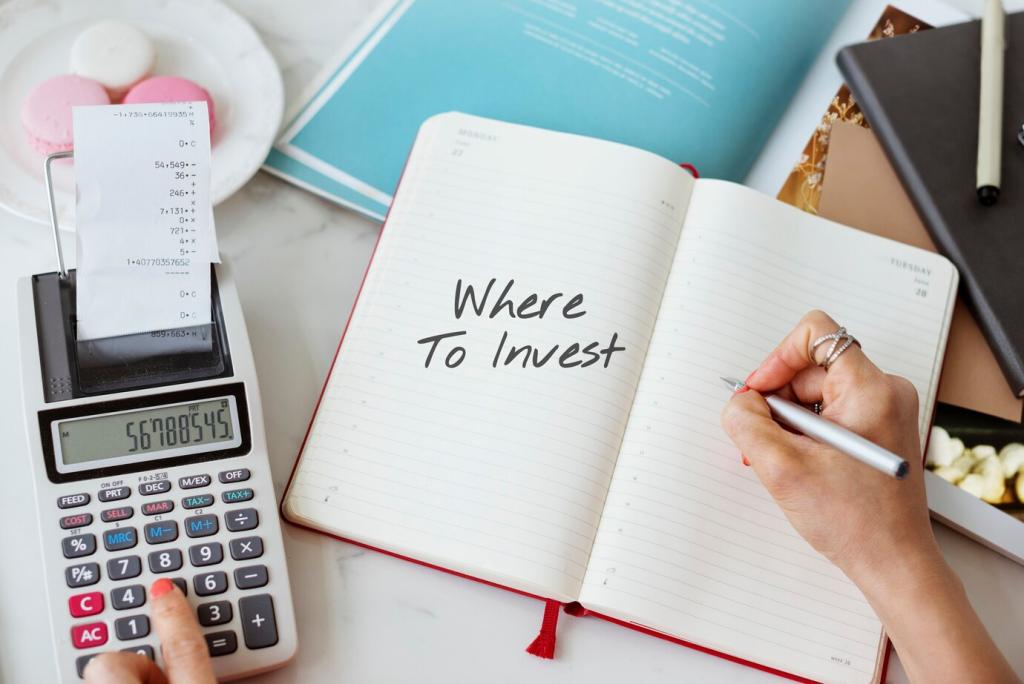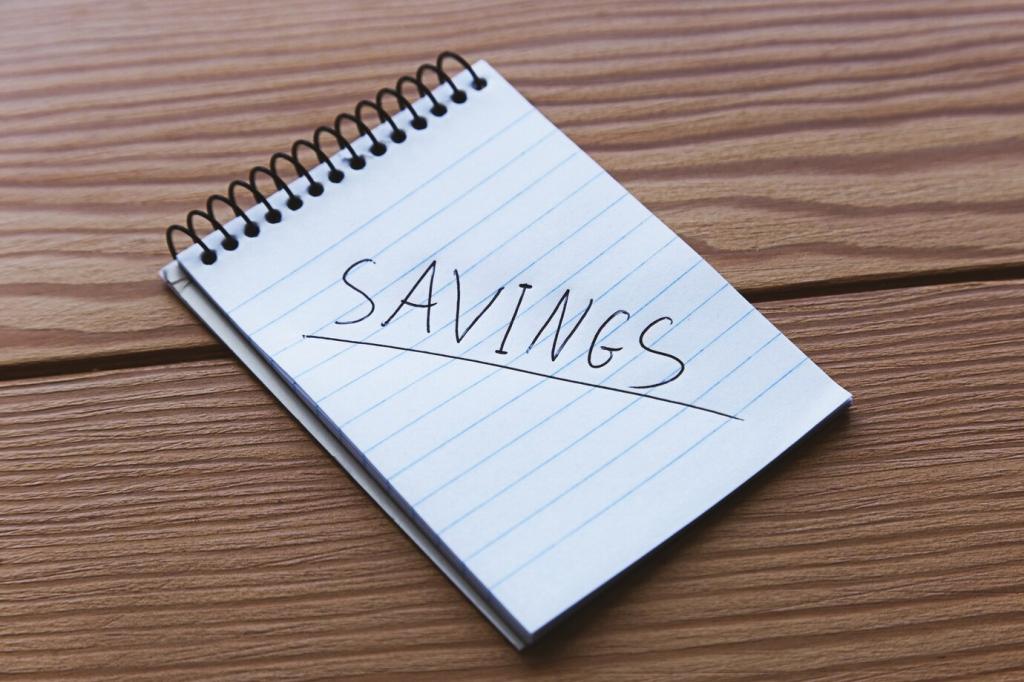Set a Starting Goal You Can Actually Reach
Break the start into friendly rungs. Save $100 this week through a small transfer and one or two easy cuts. Hit $250 by redirecting a windfall. Reach $500 with automation. Comment with your first milestone and date, and we’ll cheer you on.
Set a Starting Goal You Can Actually Reach
Once you stabilize with $500 to $1,000, aim for one month of core expenses, then three. Focus on rent, food, transport, and minimums. Estimating lean costs keeps the target realistic and your motivation strong as you watch the buffer grow.
